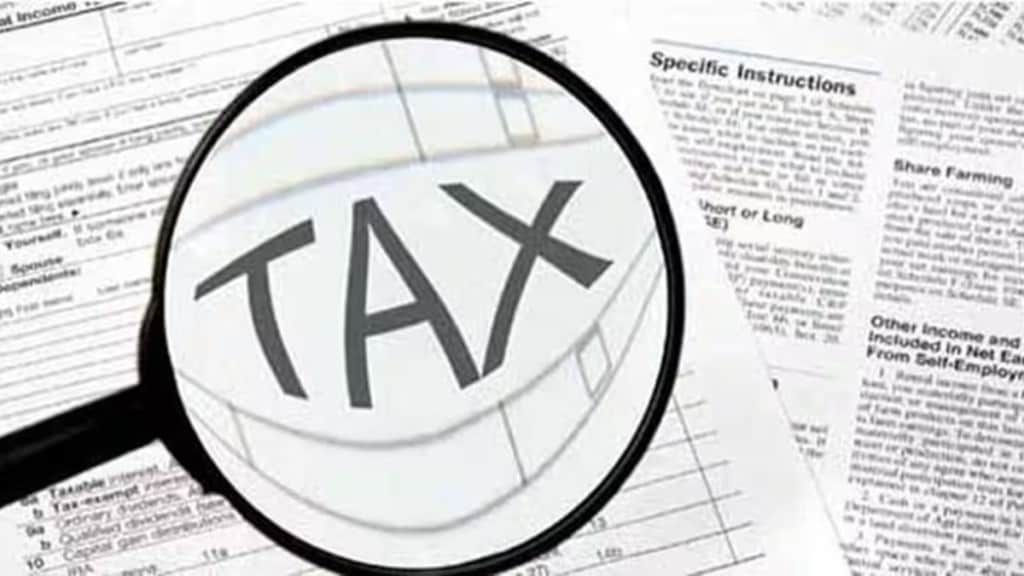By Neeraj Agarwala
In order to simplify the process of calculating income tax, the income tax website has introduced an extensive suite of tax tools featuring over 40 specialised calculators. These calculators encompass a wide spectrum of allowances, including but not limited to house rent allowance, medical allowance, car allowance, child education allowance, and more. Additionally, they encompass fundamental tools like a TDS (Tax Deducted at Source) calculator, an income tax calculator, advance tax calculators, and numerous other invaluable resources.
However, before delving into the intricacies of these tax tools, it is vital to acquaint oneself with some key aspects:
Ensuring taxpayer privacy
The most notable feature of these tax calculators is that they can be utilised without necessitating the disclosure of any taxpayer-specific information or the need for login credentials.
Simplifying complexity
The tax tools have been organised under six broad income heads, which include income from business and profession, income from capital gains, income from house property, income from salary, tax payments, and miscellaneous income. However, the classification of certain tax calculators may initially seem somewhat inconsistent. For instance, the tax calculator for computing the indexed cost of acquisition resides under the head “income from business and profession” instead of the more intuitive “income from capital gains”. As such, it is advisable to explore the tax calculators under the ‘all’ tab to ensure that no relevant tools are overlooked.
Tailored for novices
These tax tools have been designed for individuals possessing rudimentary tax knowledge. Clicking on the ‘read more’ option provides users with a summary of relevant tax laws. It is essential to underscore that these calculators are primarily intended for tax amount computation and do not offer comprehensive clarifications about the nuances of income tax provisions.
Enhancing understanding
Some calculators are accompanied by informative notes that offer additional context to users. These notes may specify crucial details such as the date from which a particular transaction becomes taxable under newly introduced provisions, the precise scope of the tax calculator, and disclaimers pertaining to the accuracy of calculations.
Past and present
The tax calculators provided on the revamped website span a considerable range of assessment years, extending from AY 2018-19 to AY 2024-25.
By introducing a comprehensive set of user-friendly tax calculators, the website has merged traditional tax practices with modern technological capabilities, empowering taxpayers with the tools they need to navigate the complex world of income tax.
The writer is partner, Nangia Andersen India. Inputs from Neetu Brahma


